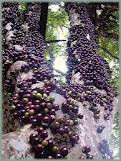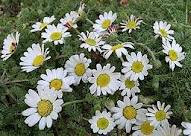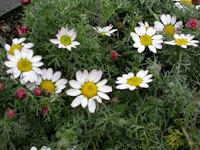As you might have already guessed the Jabuticaba tree is a native of Brazil
 Jabuti means tortoise and caba means place in the local Tupi language, so the trees grow in the place of tortoises. The tree is a slow growing evergreen which can reach heights of forty-five feet in its natural habitat, although they don’t grow that tall in southern
Jabuti means tortoise and caba means place in the local Tupi language, so the trees grow in the place of tortoises. The tree is a slow growing evergreen which can reach heights of forty-five feet in its natural habitat, although they don’t grow that tall in southern  In their natural habitat, and if they are irrigated well and looked after they can produce up to five crops of fruit every year, but usually only manage two. The fruit are eagerly awaited in the areas where they grow, but they are not sold very far afield because they perish quickly and cannot be exported. They are eaten raw, although one shouldn’t eat the skins as they are very astringent as they have a high tannin content, which could be harmful if eaten in large quantities for a prolonged period of time. They are eaten raw or used to make jams and marmalades, although they have to have added pectin to set. Wine can also be made from the fruit which can be sweet or slightly acid and astringent, depending on the variety. The fruit can be bright green when ripe, or purple-black, red-purple and burgundy-purple tasting spicy and slightly acid. It can range from between two and six centimetres in diameter, and has white, gelatinous flesh which clings to the seeds it contains (from 1 to 4). It has been likened to a muscadine grape (hence the name grape tree) with larger seeds.
In their natural habitat, and if they are irrigated well and looked after they can produce up to five crops of fruit every year, but usually only manage two. The fruit are eagerly awaited in the areas where they grow, but they are not sold very far afield because they perish quickly and cannot be exported. They are eaten raw, although one shouldn’t eat the skins as they are very astringent as they have a high tannin content, which could be harmful if eaten in large quantities for a prolonged period of time. They are eaten raw or used to make jams and marmalades, although they have to have added pectin to set. Wine can also be made from the fruit which can be sweet or slightly acid and astringent, depending on the variety. The fruit can be bright green when ripe, or purple-black, red-purple and burgundy-purple tasting spicy and slightly acid. It can range from between two and six centimetres in diameter, and has white, gelatinous flesh which clings to the seeds it contains (from 1 to 4). It has been likened to a muscadine grape (hence the name grape tree) with larger seeds. In
In If you have never seen pictures like these before, the tree is real and although it looks like one of nature’s jokes like the Nipple fruit, it may have some very beneficial properties.



















